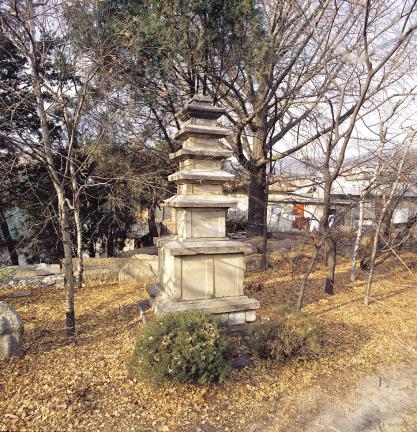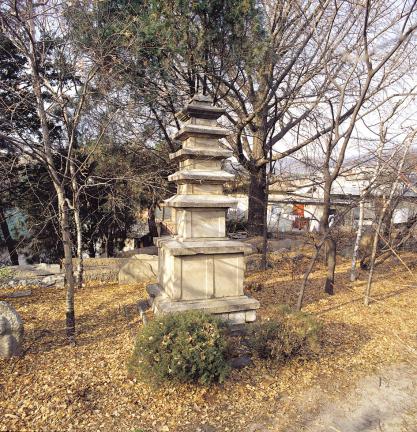국가유산 종목별 검색
보물
문경 오층석탑 (聞慶 五層石塔)Five-story Stone Pagoda, Mungyeong
| 분 류 | 유적건조물 / 종교신앙 / 불교 / 탑 |
|---|---|
| 수량/면적 | 1기 |
| 지정(등록)일 | 1974.10.02 |
| 소 재 지 | 서울 성북구 성북로 102-11, 간송미술관 (성북동) |
| 시 대 | 미상 |
| 소유자(소유단체) | 전*** |
| 관리자(관리단체) | 간*** |


보물
문경 오층석탑 (聞慶 五層石塔)Five-story Stone Pagoda, Mungyeong
| 분 류 | 유적건조물 / 종교신앙 / 불교 / 탑 |
|---|---|
| 수량/면적 | 1기 |
| 지정(등록)일 | 1974.10.02 |
| 소 재 지 | 서울 성북구 성북로 102-11, 간송미술관 (성북동) |
| 시 대 | 미상 |
| 소유자(소유단체) | 전*** |
| 관리자(관리단체) | 간*** |

ⓒ 2000. CULTURAL HERITAGE ADMINISTRATION. ALL RIGHTS RESERVED.



 문화유산
문화유산


